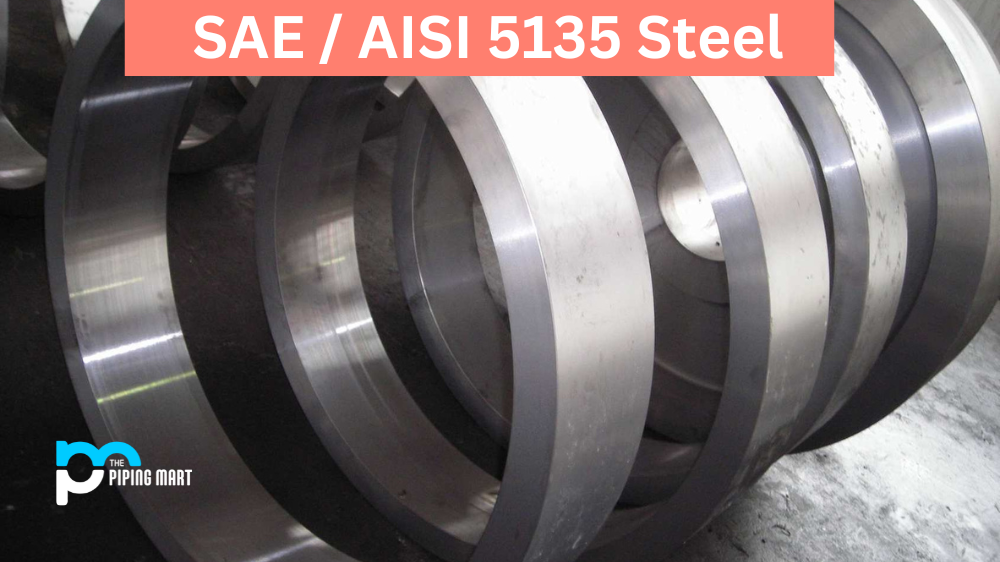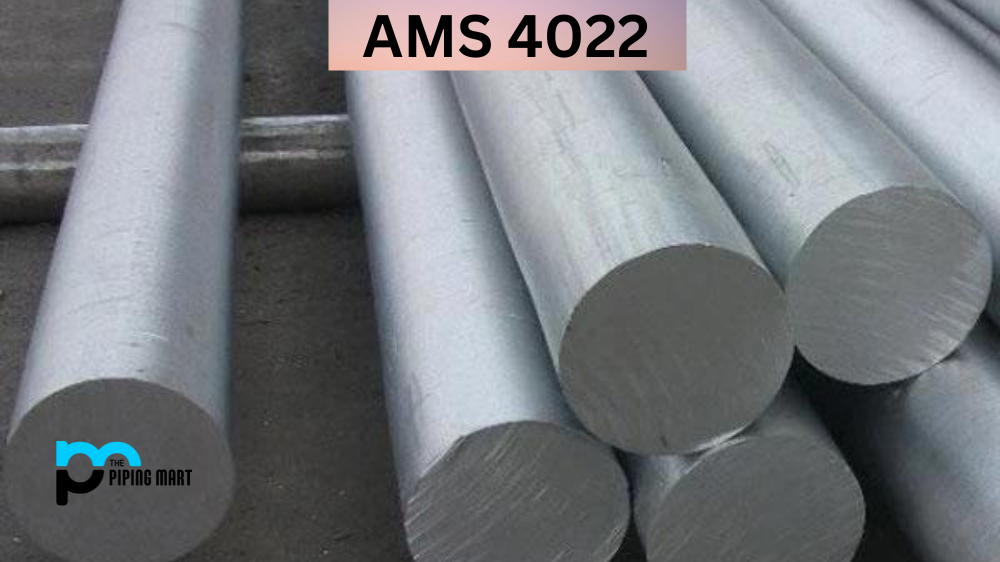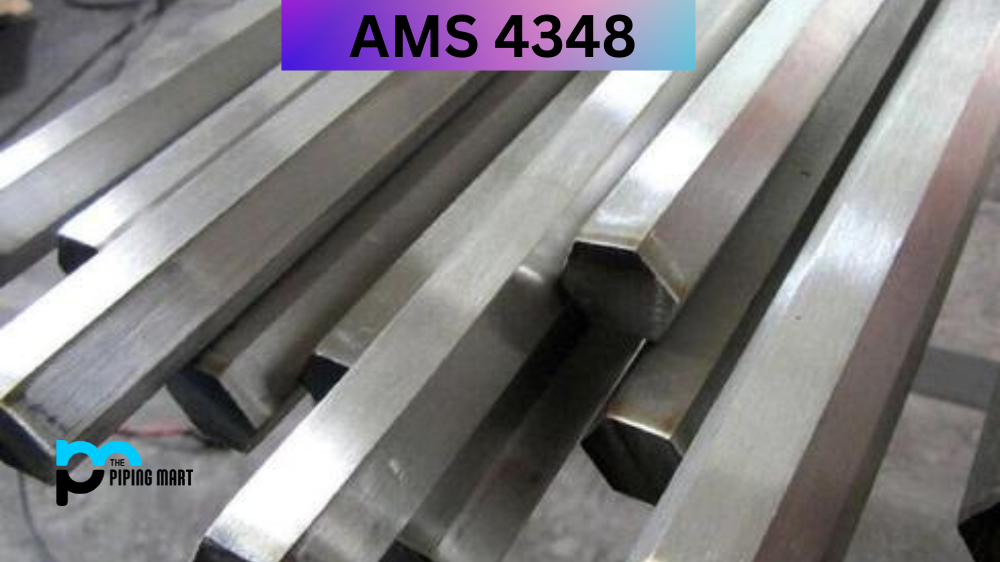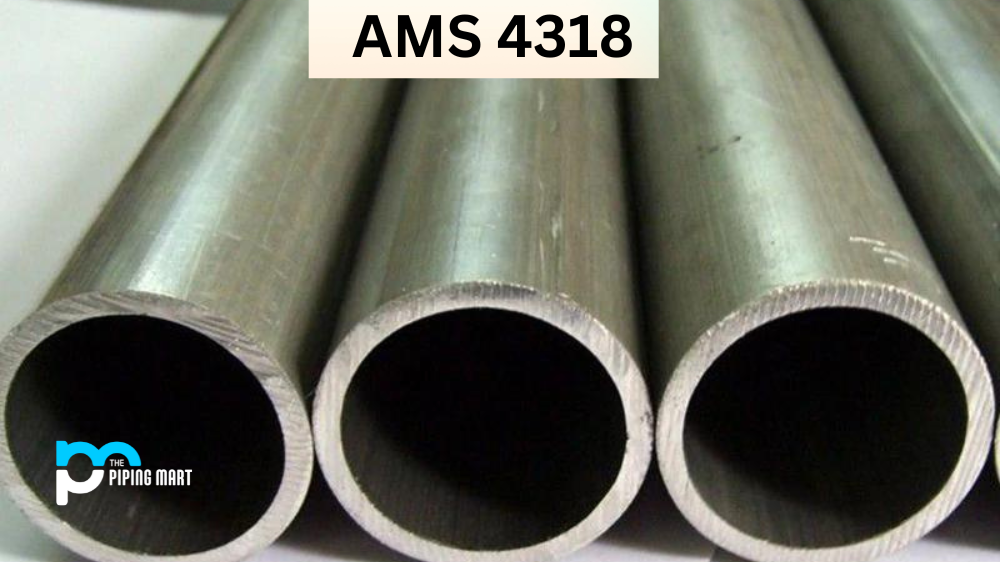AISI 5135 steel is a high-carbon, low-alloy structural steel used in a variety of applications. 5135 Alloy Steel has excellent machinability and weldability properties and provides good corrosion and heat resistance. AISI 5135 Alloy Steel, also known as SAE 5135 or UNS G51350, is a low-alloy steel with excellent toughness, durability, and strength. This type of steel is popular for use in various industrial applications thanks to its advantageous properties. AISI 5135 Alloy Steel comprises carbon, chromium, and manganese, each contributing distinct benefits to the final product. The carbon content of steel provides strength and hardness, while its manganese content enhances its overall toughness. Meanwhile, its chromium content helps preserve the steel’s durability, even under high-stress conditions. Overall, the SAE-AISI 5135 steel is a versatile material that can be utilized for various purposes thanks to its exceptional composition and properties. This article will provide an overview of the properties and uses of UNS G51350, as well as detail its corrosion resistance, heat resistance, heat treatment, machining, and welding characteristics.
What Forms of AISI 5135 is Available at Piping Mart?
- Nut
- Bar
- Bolt
- Pipe
- Screw
- Tubing
- Valves
- Washers
- Flanges
- Fasteners
- Electrodes
- Stud Bolts
- Sheet Plates
- Pipe Fittings
- Forged Fitting
- Instrumentation Fittings
AISI 5135 Composition
| Element | Content (%) |
|---|---|
| Iron, Fe | 97.445 – 98.17 |
| Chromium, Cr | 0.750 – 1.00 |
| Manganese, Mn | 0.600 – 0.800 |
| Carbon, C | 0.330 – 0.380 |
| Silicon, Si | 0.150 – 0.300 |
| Sulfur, S | ≤ 0.0400 |
| Phosphorous, P | ≤ 0.0350 |
AISI 5135 Physical Properties
| Properties | Metric | Imperial |
|---|---|---|
| Density | 7.85 g/cm3 | 0.284 lb/in³ |
AISI 5135 Mechanical Properties
| Properties | Metric | Imperial |
|---|---|---|
| Bulk modulus (typical for steel) | 140 GPa | 20300 ksi |
| Shear modulus (typical for steel) | 80 GPa | 11600 ksi |
| Elastic modulus | 190-210 GPa | 27557-30458 ksi |
| Poisson’s ratio | 0.27-0.30 | 0.27-0.30 |
| Hardness, Brinell (annealed and cold drawn) | 179 – 217 | 179 – 217 |
| Hardness, Knoop (converted from Brinell hardness) | 220 | 220 |
| Hardness, Rockwell B (converted from Brinell hardness) | 92 | 92 |
| Hardness, Rockwell C | 13 | 13 |
| Hardness, Vickers (converted from Brinell hardness) | 208 | 208 |
| Machinability (annealed and cold drawn. Based on 100 machinability for AISI 1212 steel) | 70 | 70 |
AISI 5135 Thermal Properties
| Properties | Metric | Imperial |
|---|---|---|
| Thermal conductivity (typical steel) | 46.6 W/mK | 323 BTU in/hr.ft².°F |
AISI 5135 Equivalent
- AFNOR 38 C 4
- DIN 1.7034
- UNI 38 Cr 4 KB
- JIS SCr 3 H
- B.S. 530 A 36
- B.S. 530 H 36
- B.S. Type 3
- ASTM A322
- ASTM A331
- ASTM A519
- SAE J404
- SAE J412
- SAE J770
AISI 5135 Uses
SAE/AISI 5135 steel is widely used in a variety of applications due to its wide range of mechanical properties. Its versatility makes it ideal for parts that require strength, wear resistance, toughness, and ductility. Common applications include gears and shafts for automotive components; hand tools; machine tools; agricultural equipment; screws; springs; fasteners; valves; pumps; studs; pins; nuts, and bolts.
AISI 5135 Uses in Industries
Automotive Industry
AISI 5135 is commonly used in the automotive industry for components such as gears, axles, and crankshafts. It’s high strength and wear resistance make it ideal for these applications, where durability and reliability are crucial.
Construction Industry
In the construction industry, AISI 5135 is used for structural components such as bolts, nuts, and screws. Its high tensile strength and toughness make it a suitable material for withstanding heavy loads and harsh environments.
Aerospace Industry
Due to its excellent fatigue resistance and high strength-to-weight ratio, AISI 5135 is often used in aerospace for aircraft landing gear components, engine parts, and other critical structures.
Oil and Gas Industry
AISI 5135 is also commonly used in the oil and gas industry for drilling equipment due to its high wear resistance and ability to withstand extreme temperatures and pressures.
Manufacturing Industry
In the manufacturing industry, AISI 5135 is utilized for various machine parts such as shafts, spindles, and gears due to its machinability and ability to be heat-treated for increased strength.
Defense Industry
The defence industry also uses AISI 5135 for military vehicle components, weapons systems, and other equipment that require high strength and durability in harsh conditions.
AISI 5135 Corrosion Resistance
SAE/AISI 5135 steel offers good corrosion resistance because it contains chromium (Cr) which helps form a protective oxide film on the surface. This film helps protect the metal from oxidation and corrosion caused by moisture or exposure to other corrosive elements such as acids or alkalis. The addition of nickel (Ni) also helps improve corrosion resistance by increasing the protective oxide film’s thickness.
AISI 5135 Heat Resistance
SAE/AISI 5135 steel offers excellent heat resistance due to its high chromium (Cr) content which helps form a thick protective oxide film on the surface that prevents oxidation at elevated temperatures. Nickel (Ni) also helps improve heat resistance by helping increase the thickness of this protective film. In addition, the alloy’s low carbon content improves its ability to resist softening at higher temperatures.
AISI 5135 Heat Treatment
Heat treatment can be used to alter the hardness and strength of SAE/AISI 5135 steel without significantly affecting its other mechanical properties, such as ductility and toughness. Commonly used heat treatments include quenching followed by tempering or normalizing followed by tempering or annealing followed by tempering, depending on the desired outcome. Quenching is used for higher hardness, normalizing is better for toughness, and annealing is best for enhanced ductility.
AISI 5135 Machining
SAE/AISI 5135 steel offers excellent machinability due to its relatively low carbon content, which increases cutting speed while reducing power consumption during machining operations compared to higher carbon steels. Additionally, it has good wear resistance, which further improves machinability when dealing with difficult-to-machine materials such as stainless steel or aluminum alloys. It is recommended that slow speeds be used when turning, drilling, or milling this material to reduce tool wear while maximizing accuracy and precision in the finished product. Finally, using sharp cutting tools with positive rake angles will help produce smooth surfaces with minimal burrs during machining operations on this material type.
Conclusion:
In conclusion, SAE/AISI 5135 steel is an excellent material choice for many engineering applications due to its versatile combination of strength, wear resistance, toughness, corrosion resistance, and heat resistance qualities, along with excellent machinability properties when combined with its weldability capabilities, make it suitable for most any job requiring these qualities such as gears, shafts automotive components hand tools machine tools agricultural equipment screws springs fasteners valves pumps studs pins nuts bolts etcetera. Furthermore, it can be easily heat treated in order to tailor fit its mechanical properties according to specific application needs making it an even more desirable material choice overall in many engineering projects worldwide today!

Abhishek is a seasoned blogger and industry expert, sharing his insights and knowledge on various topics. With his research, Abhishek offers valuable insights and tips for professionals and enthusiasts. Follow him for expert advice on the latest trends and developments in the metal industry.




